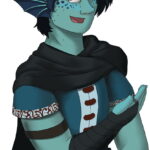Arm/Hand Paralysis & Numbness
You can neither feel nor move your fingers (IE 1), wrist to fingers (IE 2), elbow to fingers (IE 3), or shoulder to fingers (IE 4). Your fingers can use magic rings, but otherwise, you can’t use that appendage, and if exposed to damage, you don’t notice, which can result in further ongoing damage. Spells with somatic components usually need to be modified to work within your physical range, requiring a day for every hour normally needed to inscribe into your spellbook and double the cost due to experimentation materials.
Real-world Examples
Cerebral Palsy, Amyotrophic Lateral Sclerosis, Brachial Plexus Injury, Multiple Sclerosis, Muscular Dystrophy, Parkinson’s Disease
Assistive Options
The arm should be protected and held in place to enable proper circulation and avoid damage.
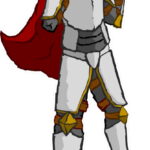
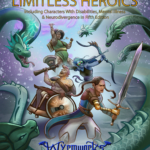
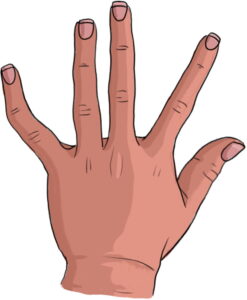 1d10 of your fingers bend in odd directions, curving sideways or even backwards. (Roll 1d10 for the number of fingers, then 1d10 for each to determine which finger.) Depending how many fingers are diversely shaped from each hand, you have penalties to any action using your hands. The GM should determine the penalties but can use −1 per 2 fingers on each hand. Each atypically shaped thumb gives a −1 penalty itself. If most or all of your fingers curve backwards, you may be mistaken for a
1d10 of your fingers bend in odd directions, curving sideways or even backwards. (Roll 1d10 for the number of fingers, then 1d10 for each to determine which finger.) Depending how many fingers are diversely shaped from each hand, you have penalties to any action using your hands. The GM should determine the penalties but can use −1 per 2 fingers on each hand. Each atypically shaped thumb gives a −1 penalty itself. If most or all of your fingers curve backwards, you may be mistaken for a 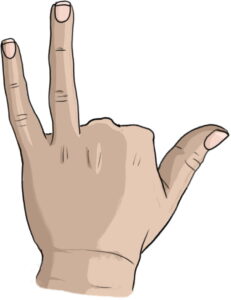 You are missing 1d10 fingers. (Roll 1d10 for the number of fingers, then 1d10 for each to determine which finger.) Depending how many fingers are missing from each hand, you have penalties to any action using your hands. The GM should determine the penalties but can use −1 per 2 missing fingers on each hand. Each missing thumb gives a −1 penalty itself.
You are missing 1d10 fingers. (Roll 1d10 for the number of fingers, then 1d10 for each to determine which finger.) Depending how many fingers are missing from each hand, you have penalties to any action using your hands. The GM should determine the penalties but can use −1 per 2 missing fingers on each hand. Each missing thumb gives a −1 penalty itself.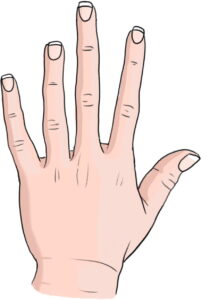 1d10 of your fingers are longer than expected for your ancestry. This has no immediate game mechanic but will lead to confusion, fear, or other social effects, depending on the situation.
1d10 of your fingers are longer than expected for your ancestry. This has no immediate game mechanic but will lead to confusion, fear, or other social effects, depending on the situation.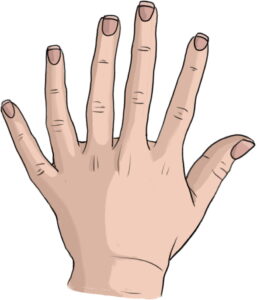 You have (IE) extra fingers on your hand(s). You have a +(IE) bonus to Dexterity (Sleight of Hand) checks and Charisma (Performance) checks to play fingered musical instruments. This may lead to confusion, fear, or other social effects, depending on the situation.
You have (IE) extra fingers on your hand(s). You have a +(IE) bonus to Dexterity (Sleight of Hand) checks and Charisma (Performance) checks to play fingered musical instruments. This may lead to confusion, fear, or other social effects, depending on the situation.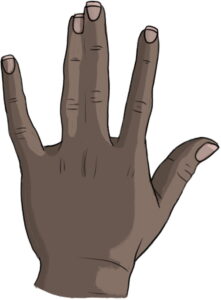 1 + (IE) of your fingers are fused together. This gives you a −(IE) penalty to Dexterity (Sleight of Hand) checks.
1 + (IE) of your fingers are fused together. This gives you a −(IE) penalty to Dexterity (Sleight of Hand) checks.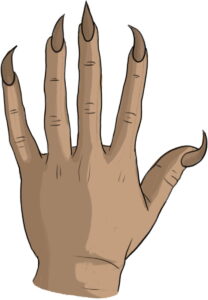 Your fingers end in claws or talons. This allows you to make an unarmed strength attack that does 2 (1d4) slashing damage. This also gives you a −(IE) penalty on Dexterity (Sleight of Hand) checks.
Your fingers end in claws or talons. This allows you to make an unarmed strength attack that does 2 (1d4) slashing damage. This also gives you a −(IE) penalty on Dexterity (Sleight of Hand) checks.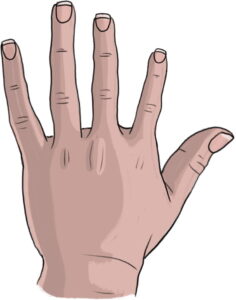 1d10 of your fingers are smaller and weaker than expected. (Roll 1d10 for the number of fingers, then 1d10 for each to determine which finger.) Depending how many fingers are undergrown from each hand, you have penalties to any action using your hands. The GM should determine the penalties but can use −1 per 2 undergrown fingers on each hand. Each undergrown thumb gives a −1 penalty itself.
1d10 of your fingers are smaller and weaker than expected. (Roll 1d10 for the number of fingers, then 1d10 for each to determine which finger.) Depending how many fingers are undergrown from each hand, you have penalties to any action using your hands. The GM should determine the penalties but can use −1 per 2 undergrown fingers on each hand. Each undergrown thumb gives a −1 penalty itself.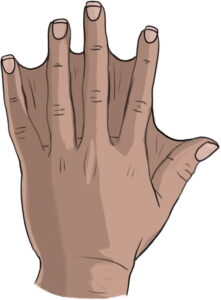 Your fingers are webbed and give you advantage on Strength (Athletics) checks on swimming. This also gives you a −(IE) penalty to Dexterity (Sleight of Hand) checks. Note: In the real world, human webbed digits do not give swimmers any noticeable benefits.)
Your fingers are webbed and give you advantage on Strength (Athletics) checks on swimming. This also gives you a −(IE) penalty to Dexterity (Sleight of Hand) checks. Note: In the real world, human webbed digits do not give swimmers any noticeable benefits.)